fact

Evictions
When Malcolm Lowry’s shack on the beach at Dollarton, B.C., burned to the ground in 1944, he and his wife Marjorie were able to save the manuscript of only one of the novels that he was working on at the time. A few months later the same manuscript had to be rescued again when the house that friends found for them in Oakville, Ontario, also burned to the ground.

Re-hanging the National Wallpaper
When I lived in Ottawa in the 1970s, I used to enjoy passing lazy afternoons at the National Gallery looking at the pictures. I remember how surprised I was when I first encountered the Group of Seven collection. These paintings were completely familiar—I’d seen them in schoolbooks and on calendars, posters, t-shirts, everywhere—yet at the same time they were completely unexpected.

Seize the Fire: Heroism, Duty, and the Battle of Trafalgar
October 21, 2005, marked the 200th anniversary of the great naval battle of Trafalgar, an engagement in which Admiral Nelson and the British fleet ended Napoleon’s dream of invading England by crushing the French and Spanish fleets off the southwest
.svg)
Double Duty, Sketches and Diaries of Molly Lamb Bobak, Canadian War Artist
In 1945 Molly Lamb Bobak became Canada's first female war artist, but it took her three years of army life to win that appointment. During those years she kept a unique diary in the form of a handwritten newsletter, as she traveled back and forth acr

Diamonds Are Forever: Artists and Writers on Baseball
For the uninitiated, the poetic mysteries of baseball can seem elusive if not downright silly. Diamonds Are Forever: Artists and Writers on Baseball (Chronicle), a print version of the Smithsonian Institution exhibition of the same name, doesn’t set
.svg)
Death So Noble: Memory, Meaning, and the First World War
Only now, eighty years after the war, are we given the explanation of that process of transformation, in the pages of Death So Noble: Memory, Meaning, and the First World War, by Jonathan F. Vance (UBC Press). Vance tells the story of a tiny country





















.jpeg)























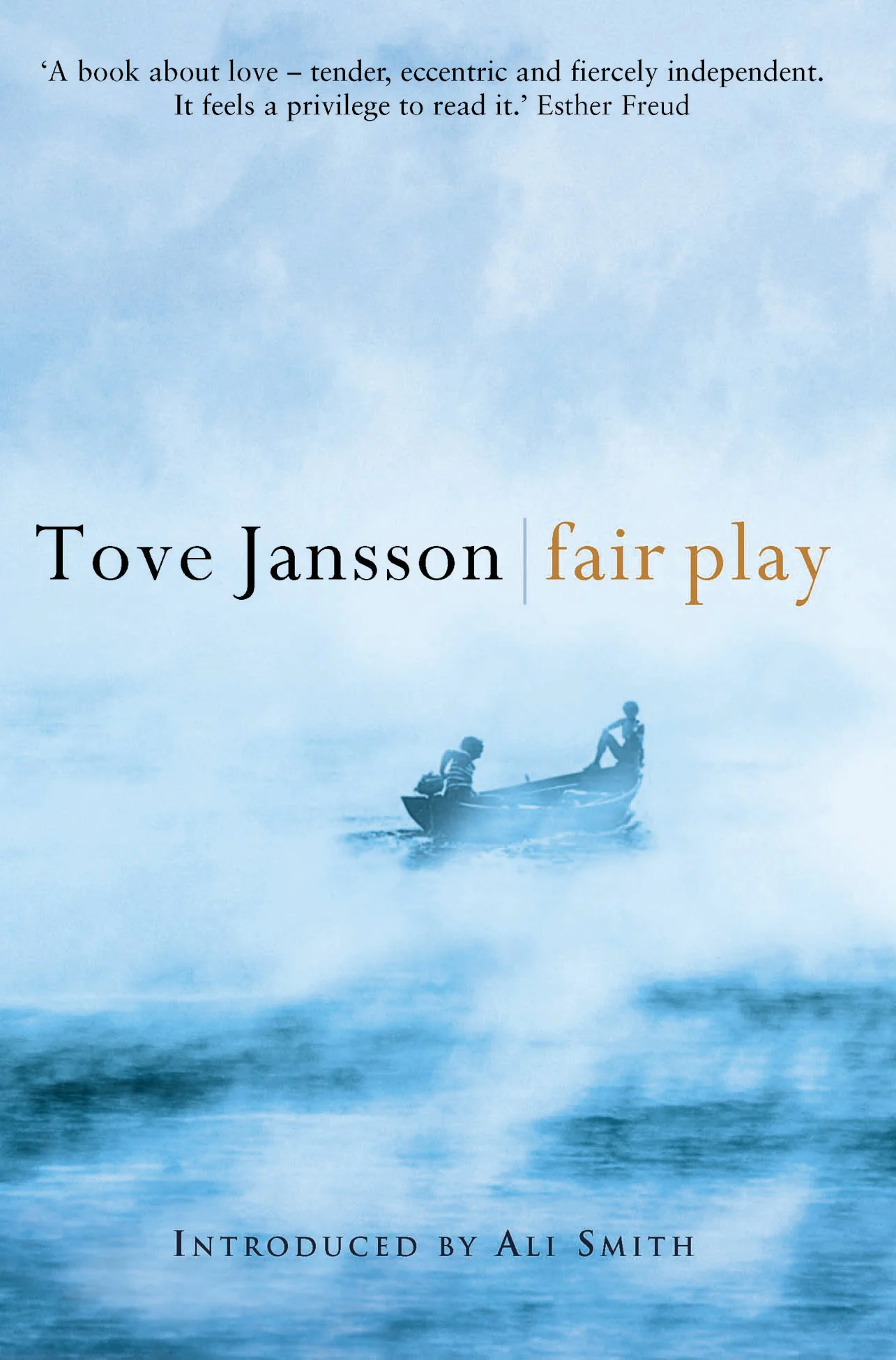
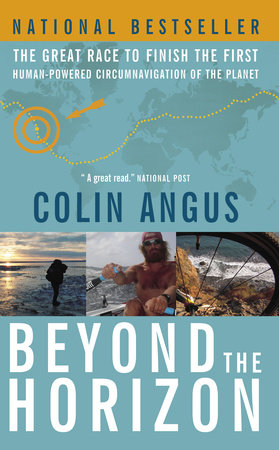

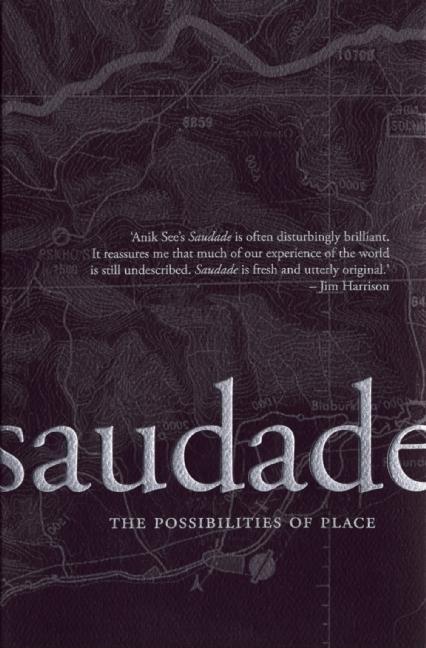
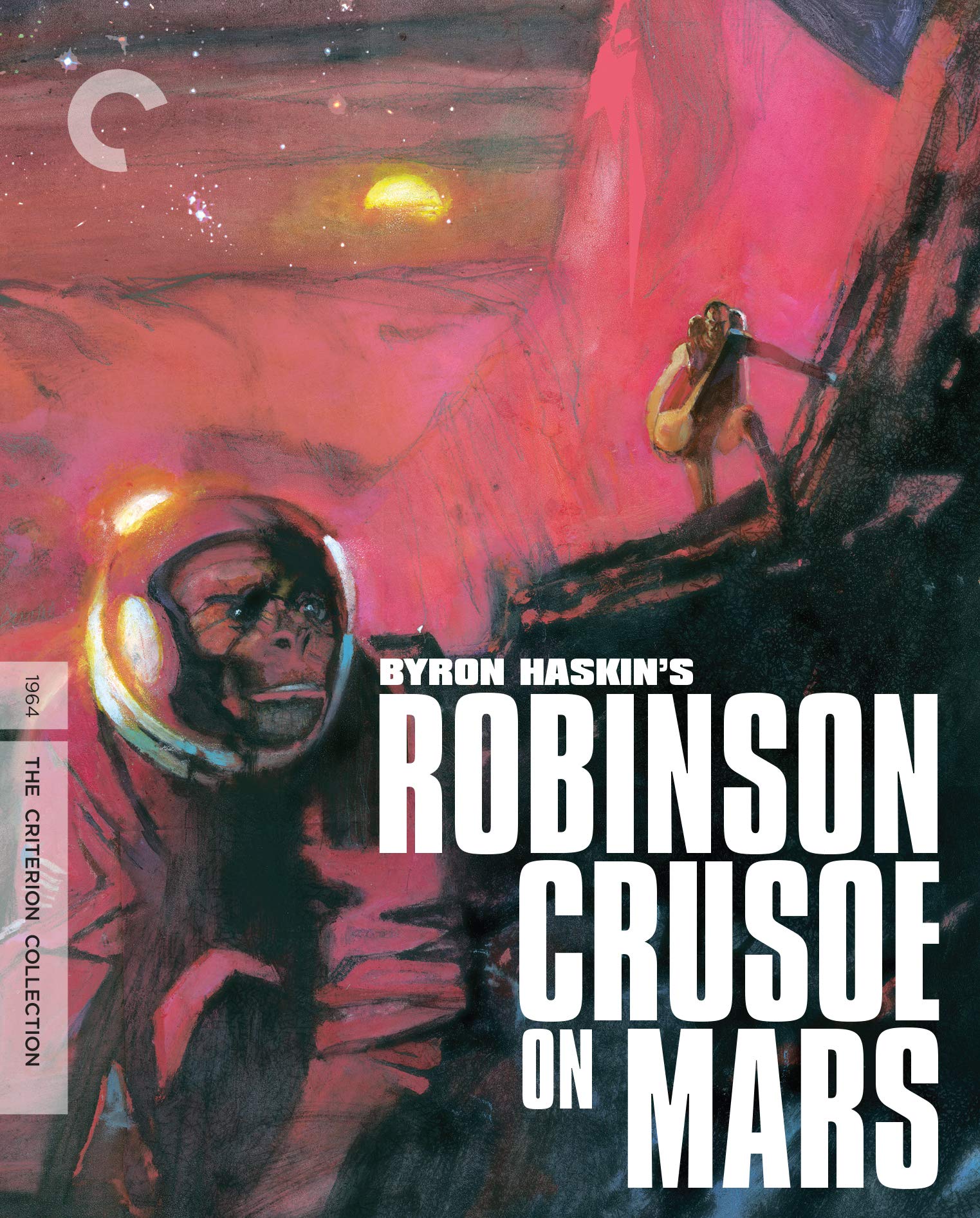

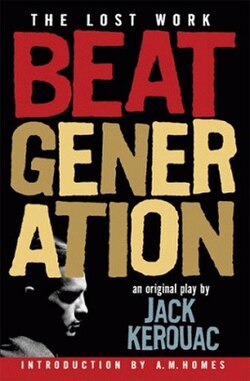



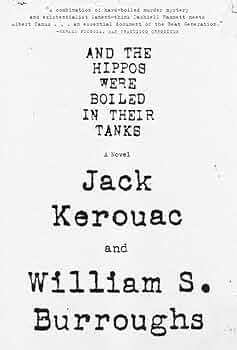

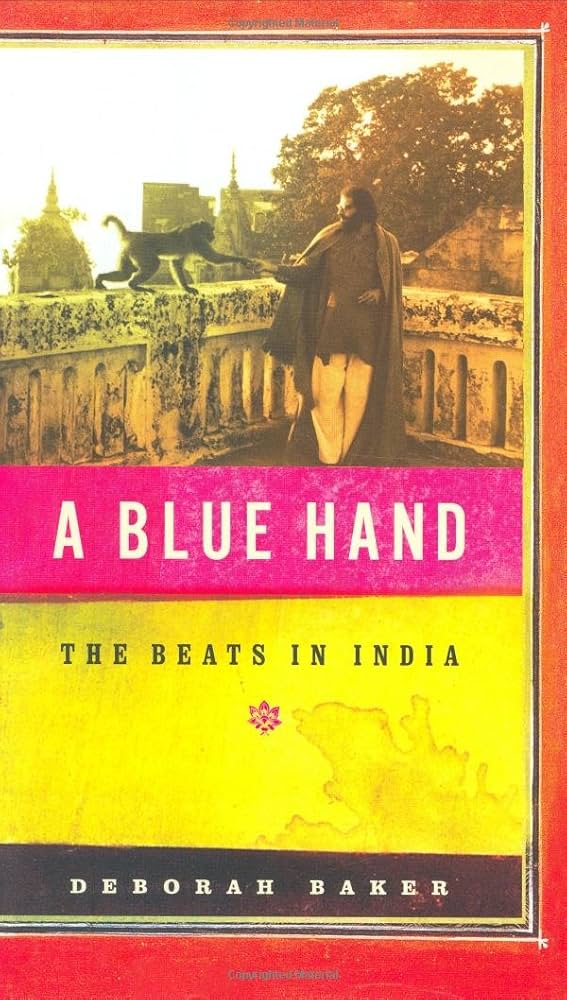
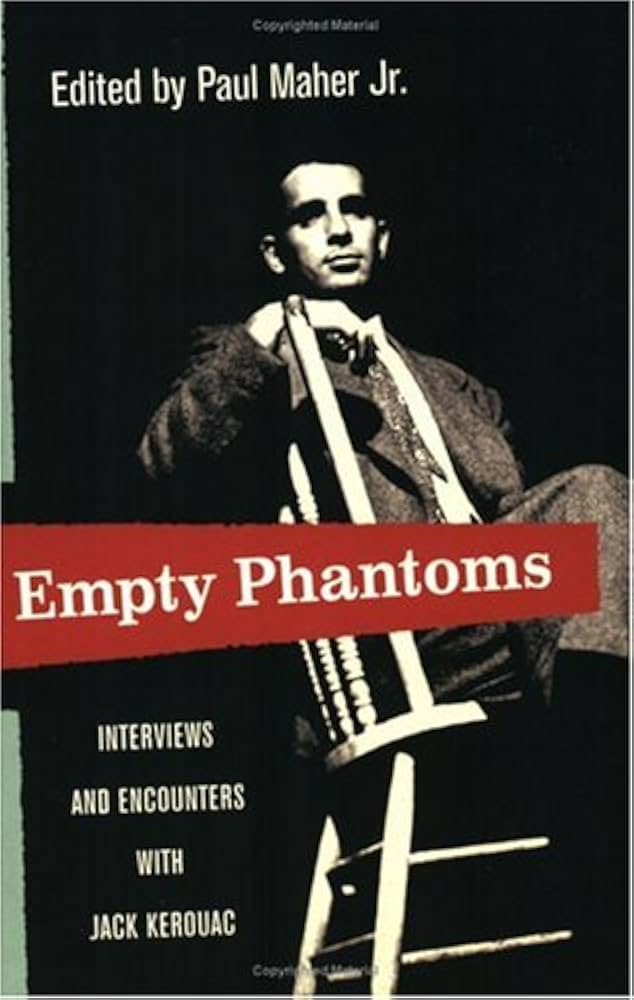

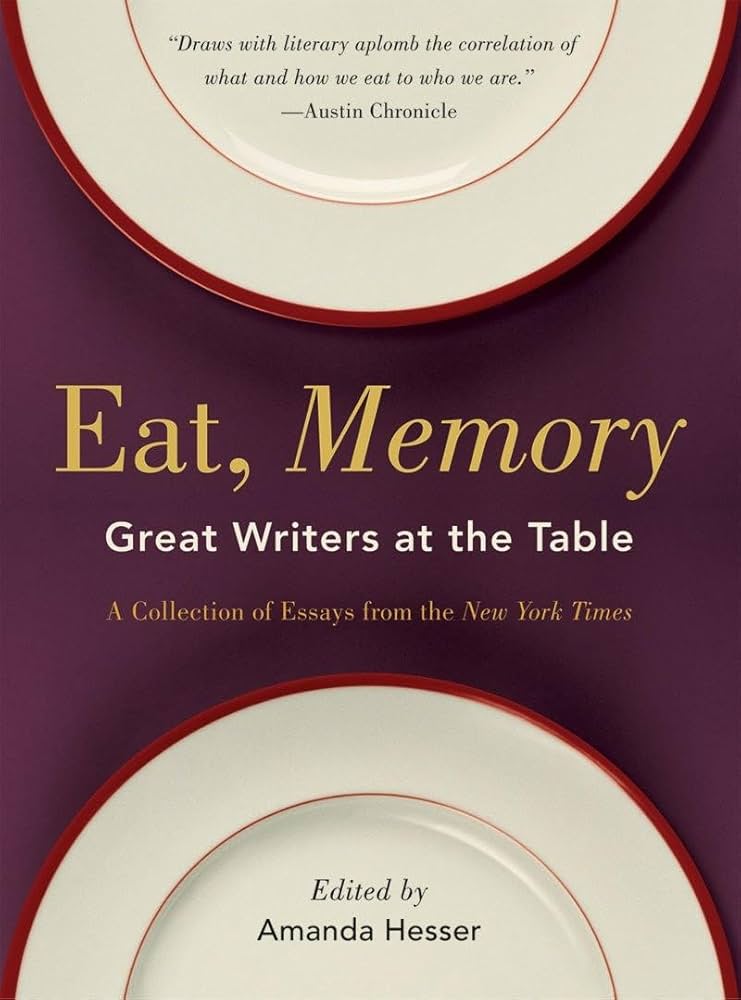


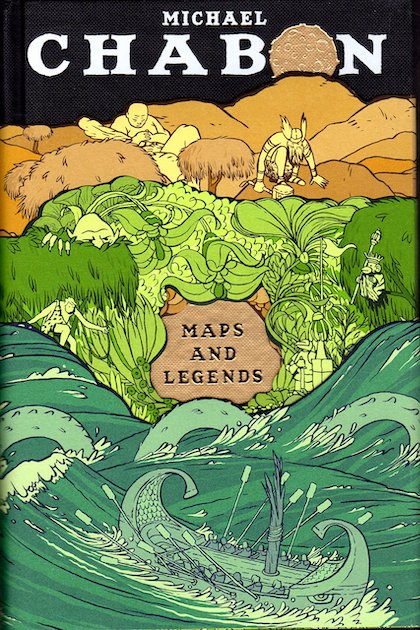
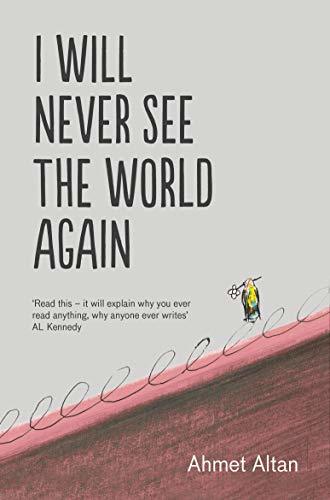
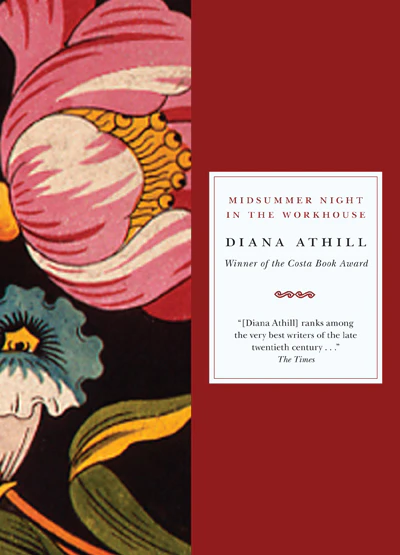
















.jpg)



